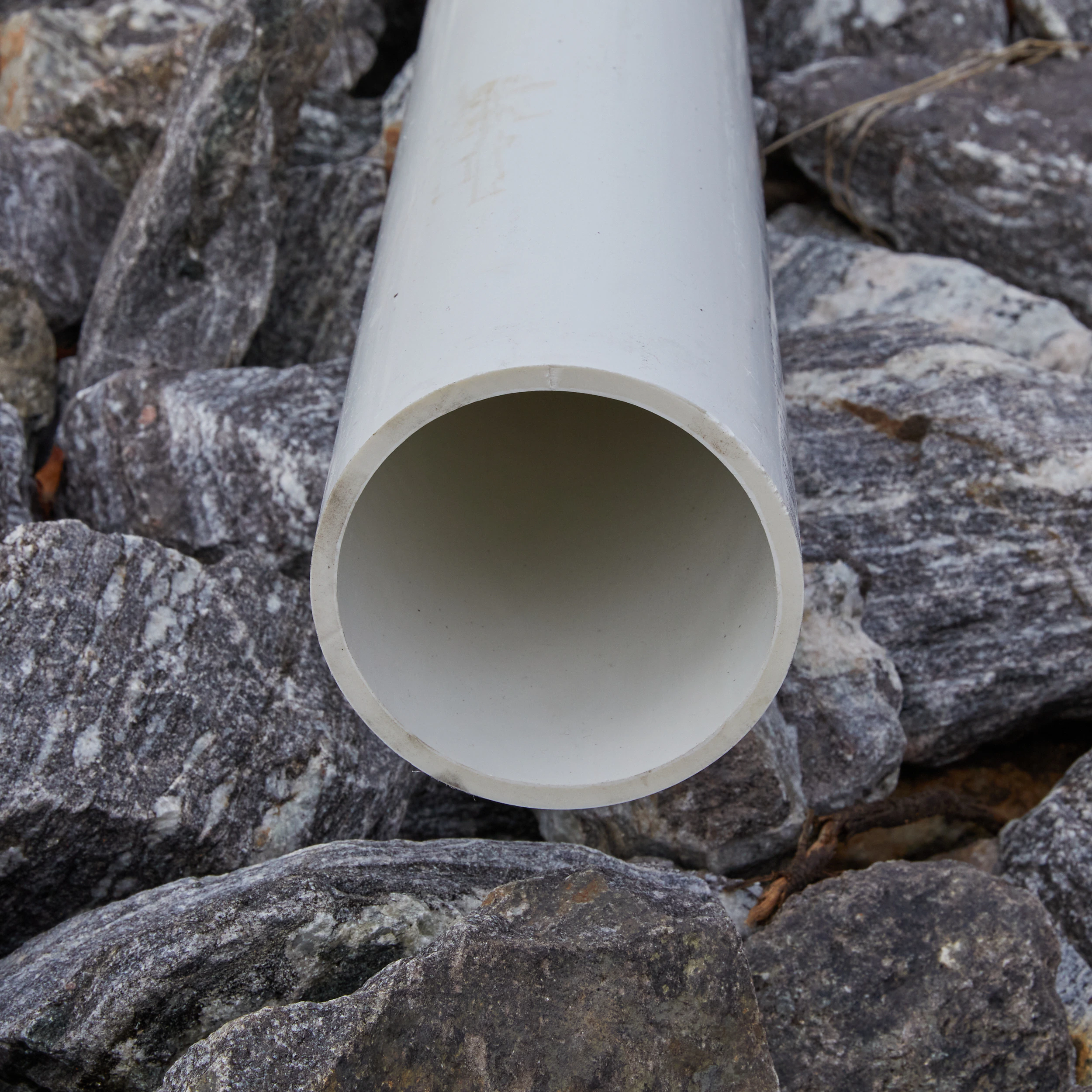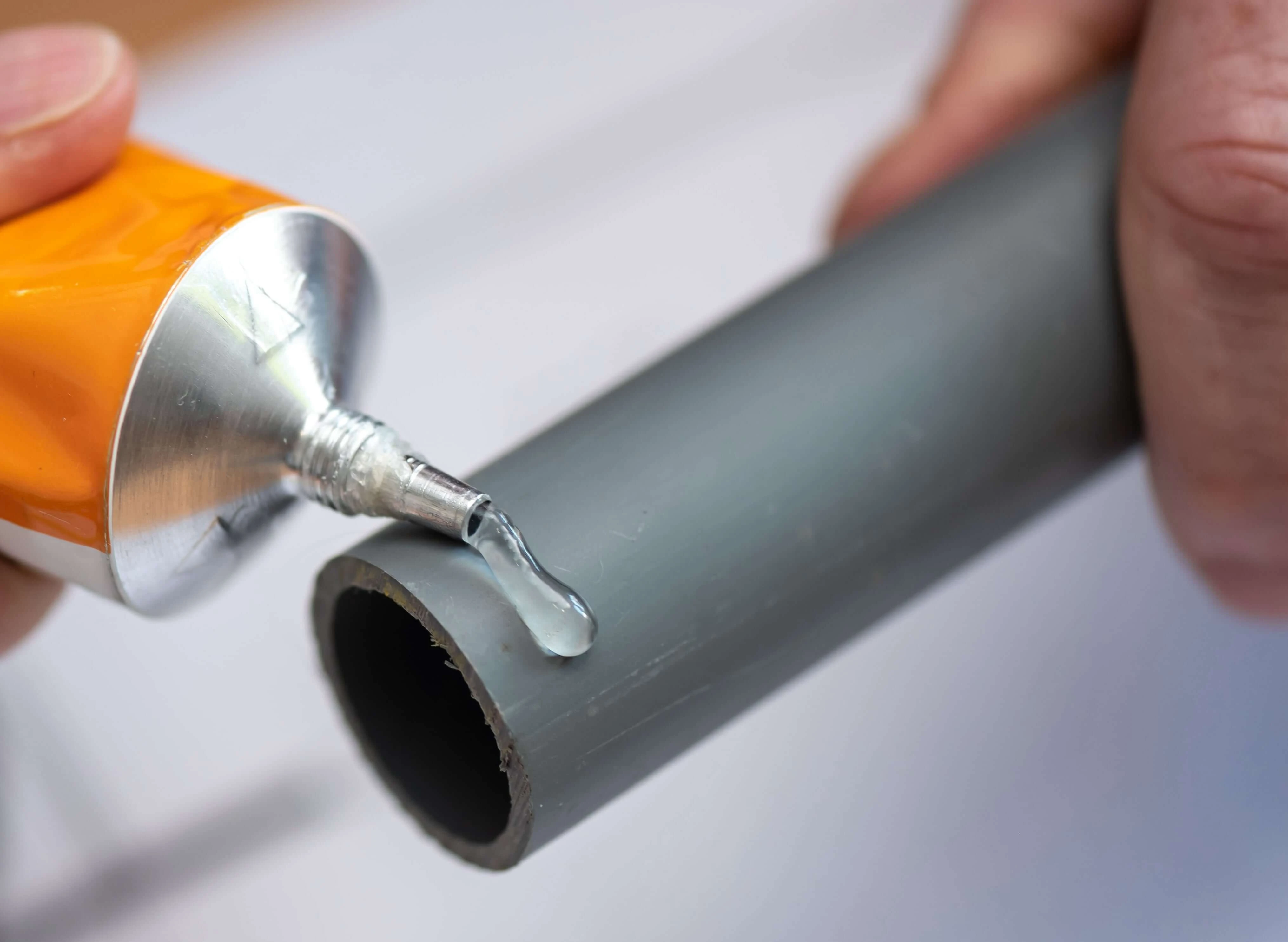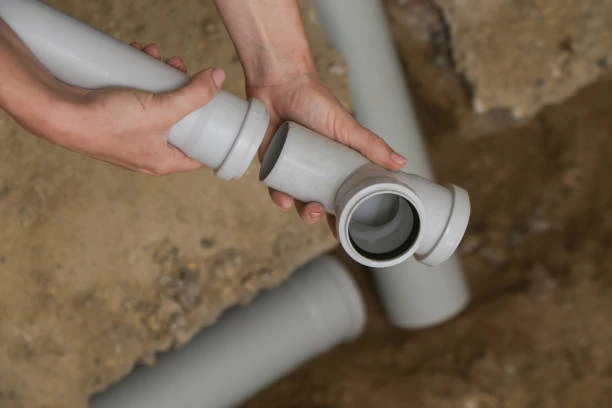Introduction
When it comes to plumbing and construction, understanding the materials you’re working with is crucial. Two common types of plastic pipes are JIS K6741 CPVC (Chlorinated Polyvinyl Chloride) and UPVC (Unplasticized Polyvinyl Chloride). While they may seem similar, they have distinct properties and uses that can significantly impact your project. So, let’s dive into the nitty-gritty of JIS K6741 CPVC Pipe and UPVC Pipe, and see how they stack up against each other!
What is JIS K6741 CPVC?
CPVC, or Chlorinated Polyvinyl Chloride, is a thermoplastic made by chlorinating PVC. This process enhances its chemical properties, making it suitable for a wider range of applications.
Properties of CPVC
- Heat Resistance: CPVC can handle higher temperatures compared to regular PVC. It’s rated for use with water up to about 200°F (93°C).
- Corrosion Resistance: This material is resistant to a variety of chemicals, making it ideal for industrial applications.
Common Uses of CPVC
CPVC pipes are commonly used in:
- Hot water plumbing
- Industrial applications
- Chemical transport systems
What is JIS K6741 UPVC?
UPVC stands for Unplasticized Polyvinyl Chloride. Unlike CPVC, UPVC is rigid and does not have any plasticizers, making it a more durable option for certain applications.
Properties of UPVC
- Durability: UPVC is known for its strength and longevity, often used in construction.
- Cost-Effective: It’s generally cheaper than CPVC, making it a popular choice for budget-sensitive projects.
Common Uses of UPVC
You’ll often find UPVC pipes in:
- Drainage systems
- Soil and vent pipes
- Electrical conduits
Key Differences Between JIS K6741 CPVC and UPVC
Chemical Composition
The key difference lies in their chemical make-up. CPVC undergoes a chlorination process, which gives it enhanced properties compared to standard PVC. UPVC, on the other hand, retains its rigidity and doesn’t incorporate any plasticizers.
Temperature Resistance
CPVC can handle much higher temperatures (up to 200°F), while UPVC is typically limited to about 140°F (60°C). This makes CPVC the go-to choice for hot water applications.
Pressure Ratings
CPVC generally has higher pressure ratings, making it suitable for industrial settings. UPVC is more suited for low-pressure applications, like drainage.

Installation and Handling
Installation Methods for CPVC
Installing CPVC pipes involves:
- Cutting the pipes to length
- Applying solvent cement to bond joints
- Ensuring proper alignment before the cement cures
Installation Methods for UPVC
UPVC installation is similar, but it’s essential to:
- Use the correct solvent cement
- Ensure the pipes are clean and dry before sealing
Advantages of JIS K6741 CPVC
- Heat Resistance: Perfect for high-temperature applications, like hot water lines.
- Flexibility: Easier to work with in terms of bending and fitting in tight spaces.
Advantages of JIS K6741 UPVC
- Cost-Effectiveness: Generally cheaper, making it great for larger projects.
- Corrosion Resistance: Excellent for water transport and drainage, as it won’t rust or corrode.
Disadvantages of CPVC
- Higher Cost: CPVC tends to be more expensive than UPVC.
- Limited Temperature Range: While it can handle heat, it’s not as flexible with temperature variations.
Disadvantages of UPVC
- Brittle in Cold: UPVC can become brittle in extremely low temperatures, risking breaks.
- Less Heat Resistant: Not suitable for hot water applications.
Applications of CPVC
CPVC is ideal for:
- Hot Water Plumbing: Its heat resistance makes it perfect for residential and commercial hot water lines.
- Industrial Applications: Used in chemical processing due to its corrosion resistance.
Applications of UPVC
UPVC is widely used for:
- Drainage Systems: Excellent for carrying waste and stormwater.
- Electrical Conduits: Provides protection for electrical wiring.
Environmental Impact
Recyclability of CPVC
CPVC can be recycled, though the process can be complex due to its chemical structure.
Recyclability of UPVC
UPVC is generally easier to recycle and is often reused in new construction projects.
Cost Comparison
Pricing Factors for CPVC
The cost of CPVC pipes can be affected by:
- Quality of the material
- Availability in your region
Pricing Factors for UPVC
UPVC is typically cheaper, but prices can vary based on:
- Brand
- Specifications required for your project
Frequently Asked Questions
1. Can CPVC be used for cold water?
Yes, CPVC can be used for both hot and cold water applications.
2. Is UPVC suitable for drinking water?
Yes, UPVC is safe for drinking water, but check local regulations.
3. How long do CPVC and UPVC pipes last?
Both can last 50 years or more with proper installation and maintenance.
4. Can you glue CPVC and UPVC together?
It’s not recommended; use the appropriate solvent for each type.
5. Which is better for a home plumbing system?
It depends on your needs—use CPVC for hot water, UPVC for drainage.
Conclusion
Choosing between JIS K6741 CPVC Pipe and UPVC Pipe really comes down to your specific needs. If you’re dealing with high temperatures and require durability, CPVC is the way to go. However, for cost-effective drainage solutions, UPVC is your best bet. Understanding these differences can help you make the right choice for your next project!


















